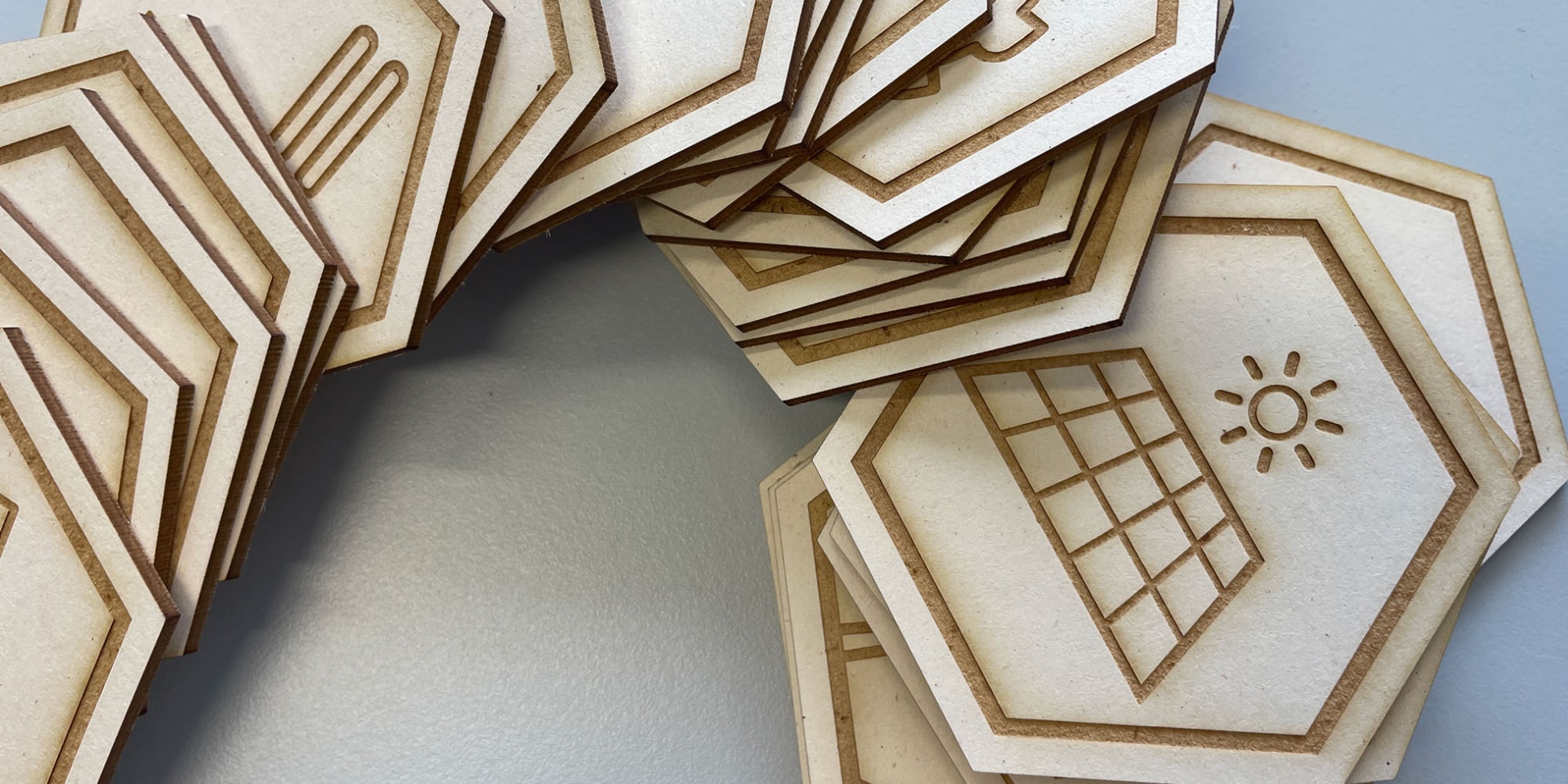From spring 2022, the NAWAREUM in Straubing will be a central information and experience site for resources and renewable energies. The project is all about the “New European Bauhaus”, an initiative of the European Commission that calls for projects to be developed and implemented in the spirit of the “Green Deal”. Ars Electronica is an official partner of this initiative too. In addition to the themes of climate change and sustainability, the NAWAREUM also highlights the opportunities and challenges of the energy and resources transition. A special feature of the new building, which is largely constructed of wood, is its sustainable building technology: the building was planned according to passive house standards and is itself part of the approx. 1240m² permanent exhibition. In terms of both content and design, the NAWAREUM pursues an innovative and interdisciplinary approach. Together with architects, scenographers, scientists and artists, the subject matter is presented in an exciting way and communicated to an interested public.
This is where Ars Electronica Solutions comes into play. The team’s specialty is to use cutting-edge technologies that incorporate art and artists to implement and convey themes in such a way that they become understandable, tangible and touchable in the truest sense of the word for everyone, from toddlers to grandparents. This is not the first time that the team has demonstrated these skills in the design of individual exhibits as well as entire museums. In the NAWAREUM it does exactly the same thing once again. And once again, the content is about a new favorite topic of Solutions: sustainability. Chris Bruckmayr, Head of Products & Events, and Project Manager Michaela Fragner told us more about why this word has often been “stamped to death”, what it means to them personally, and how energy production can be communicated to children and young people.
What is it that makes the NAWAREUM so special for you? How do the topics and the project fit in with Ars Electronica Solutions?
Chris Bruckmayr: The NAWAREUM is interesting because Bavaria is dedicated to communicating the energy transition to all target groups, to all citizens. As far as I know, that doesn’t exist like that in Austria, for example. They try to convey the necessity of the energy turnaround not in an apocalyptic pastoral way, but in a low-key way, with the involvement of many artists. That means: What are sustainable raw materials for energy production, for example? How does renewable energy production work? What is climate change in general and to what extent is it also regionally relevant? In all of this, they also focus strongly on children and young people, and that’ s the beauty of the Nawareum, including the wonderful, sustainable architecture. The house is still under construction, which is a good chance for us to be there from the beginning. They’re trying to find artistic ways of mediation, again very typical for Ars Electronica, and where we have a lot to contribute.
At what point in the “NAWAREUM Project” do Ars Electronica Solutions now come into play? What was your task exactly?
Michaela Fragner: The project came about as a result of a call for proposals in which ideas could be submitted and in which we participated. We took a radical approach, gave input on existing ideas and suggestions for improvements to make it suitable for the target group. That seemed to be well received.
Basically, the call for proposals was about development and prototyping, so not yet primarily about implementation, two game sequences, two game tables. We won this call for proposals and then developed, imagined and conceptualized these two game ideas in Step 1. Now they are ready and can be realized.
Chris Bruckmayr: These are two hybrid interactive model landscapes where the path to the energy transition and energy production from renewable raw materials are to be simulated in a playful way, but adapted to children and young people. It should be fun, but you should learn something in the process. In the end, we expanded the content of the call for proposals together with the NAWAREUM in order to contribute our expertise. That’s why we were selected, I think, because we are experts in transferring knowledge with the help of artistic ways of thinking.

How did you start the project? How did the prototyping phase go and what is special about the result, about these two model landscapes?
Interactive Energy Landscape: In the interactive energy landscape, visitors learn that energy can be supplied 100% from renewable sources, but that this requires a complex interplay of all forms of energy production.
Model landscape of renewable raw materials: The interactive model landscape is intended to show visitors that renewable raw materials and biomass can be used in a variety of ways and in combination to generate energy in a way that conserves resources.
Michaela Fragner: First and foremost, we looked at where we wanted to go and how we wanted to approach it. What methodology do we want to use to educate? We also discussed the ideas in weekly workshops with NAWAREUM, it was a very collaborative approach. This created a common thread from which the other game aspects emerged. We also worked with experts from the scientific/political environment of NAWAREUM. We got a lot of input from this broad network and then put it together into a big whole.
Chris Bruckmayr: Two model landscapes, two hybrid game tables, were created, but they work with projections, with software interfaces or hybrid interfaces. We developed the prototypes, fine-tuned them, and now they are being implemented.
One of these tables, for example, is dedicated to an exemplary island that is to be supplied for a certain period of time by means of renewable energy power plants; that is the goal of the game. When it comes to this complex topic, even the experts often disagree on what the right energy mix looks like and how it should develop. Children and young people should experience an exciting game and at the same time achieve the game goal collaboratively and with reflection.


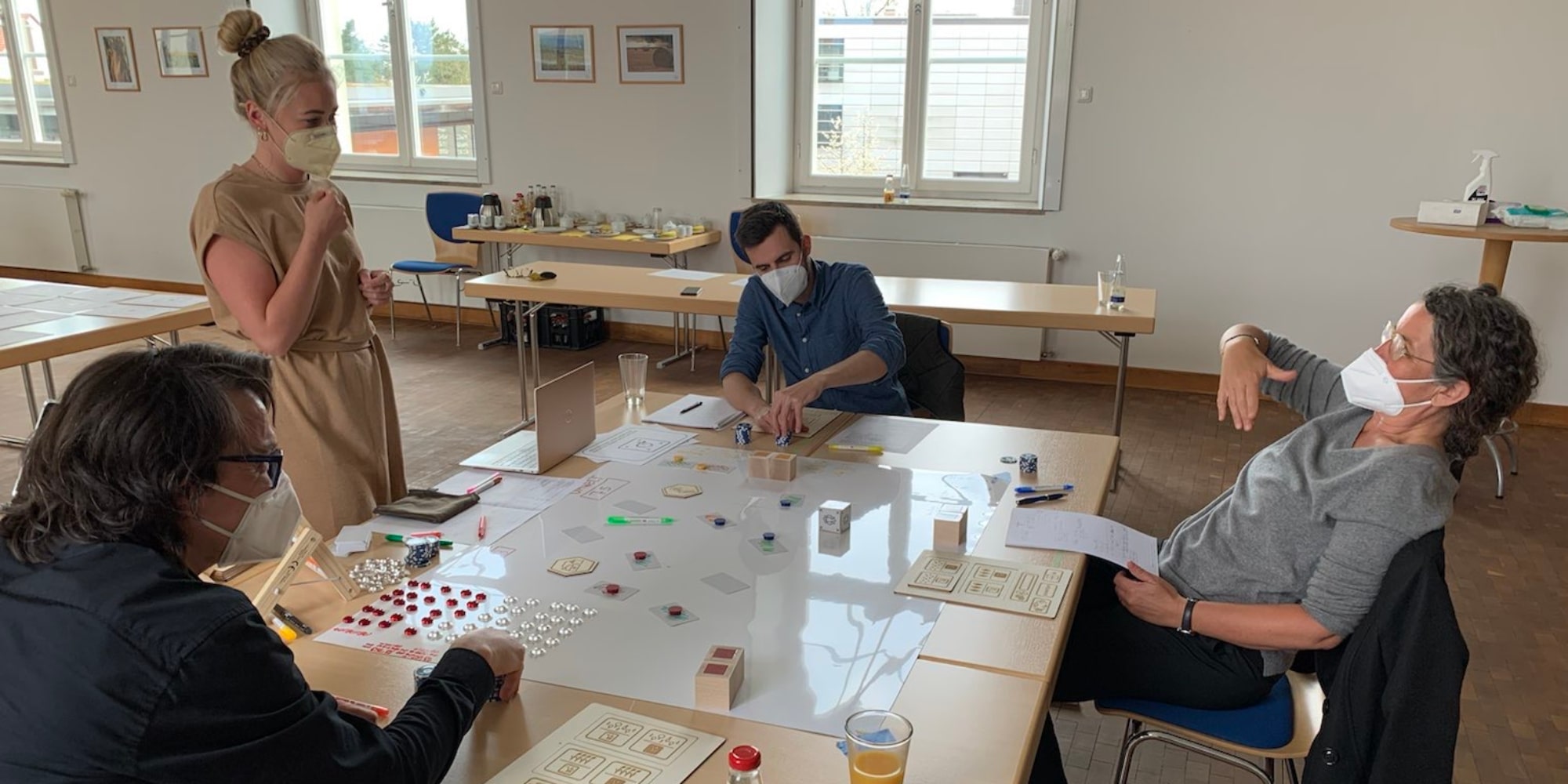
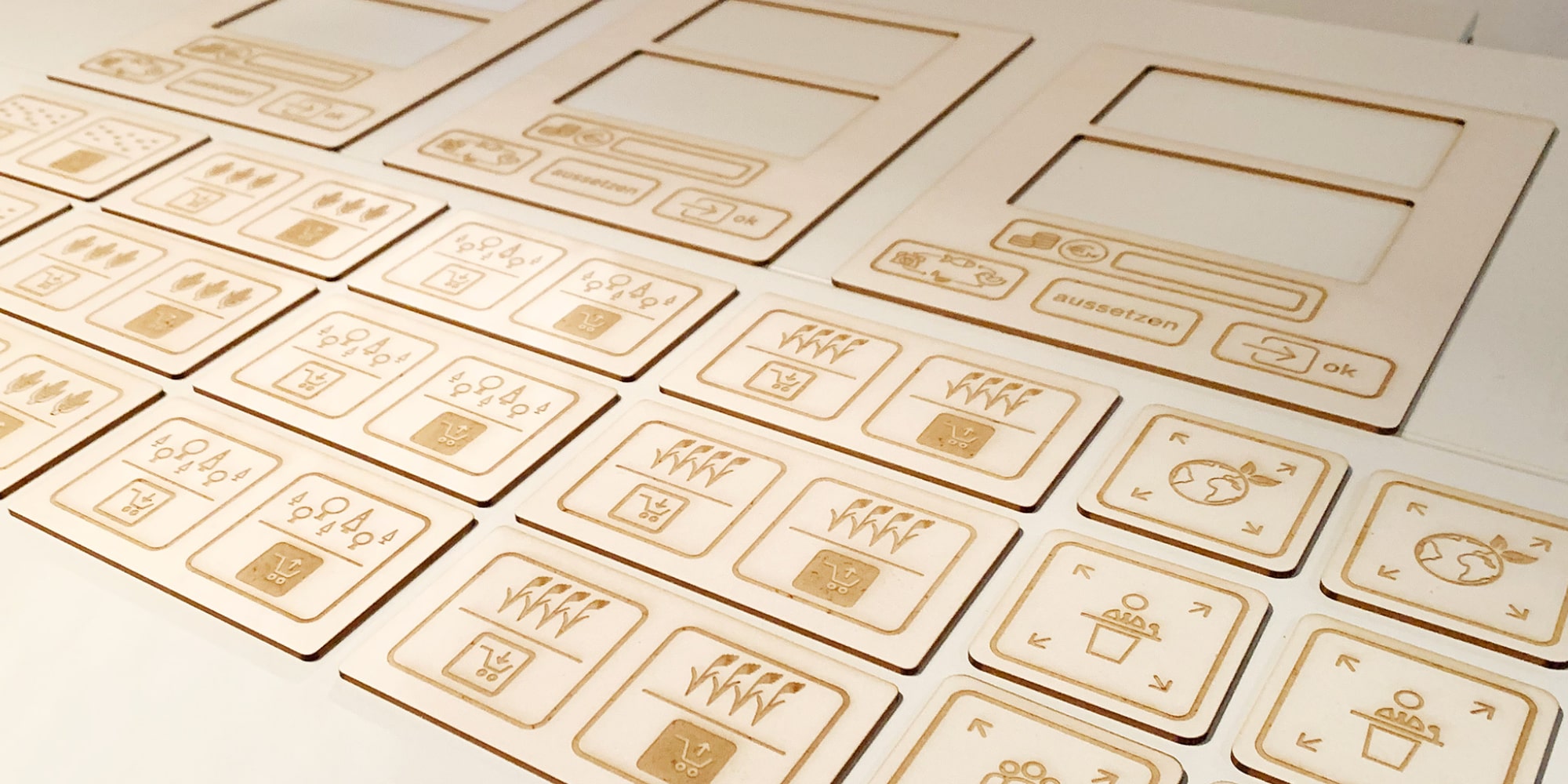
The subject of sustainability runs through a number of current projects. Why is this topic in particular so interesting for Ars Electronica Solutions?
Chris Bruckmayr: The background is our long-standing collaboration with ESA. Over the course of a variety of projects, we’ve been working on satellite data from ESA’s climate research and on how to make it accessible to all target groups. Some of the results can be seen at the Ars Electronica Center in the “Glacier Retreat“ project in the Global Shift exhibition.
As a result, we were also extremely interested in the topic internally. We found that artistic thinking can make a specific contribution when it comes to sustainability and climate change. And that’s not all: you then have to add a design process on top of it to make the communication in such a way that the content can be consumed and understood.
Another key project that emerged from our engagement with the topic is the Austria Pavilion at the EXPO in Dubai in October, where we designed and realized the media installations, the exhibition in the pavilion, in coordination with the architects from Querkraft. This pavilion is also dedicated to climate change, renewable energy, resource conservation and digitalization, which for us is systemically connected. The architecture itself and the interior referenced the theme of sustainability by using a sustainable ventilation system as well as clay cladding to cool the building. Suddenly, NAWAREUM came along and it became clear to us that we were going in an interesting direction here overall.
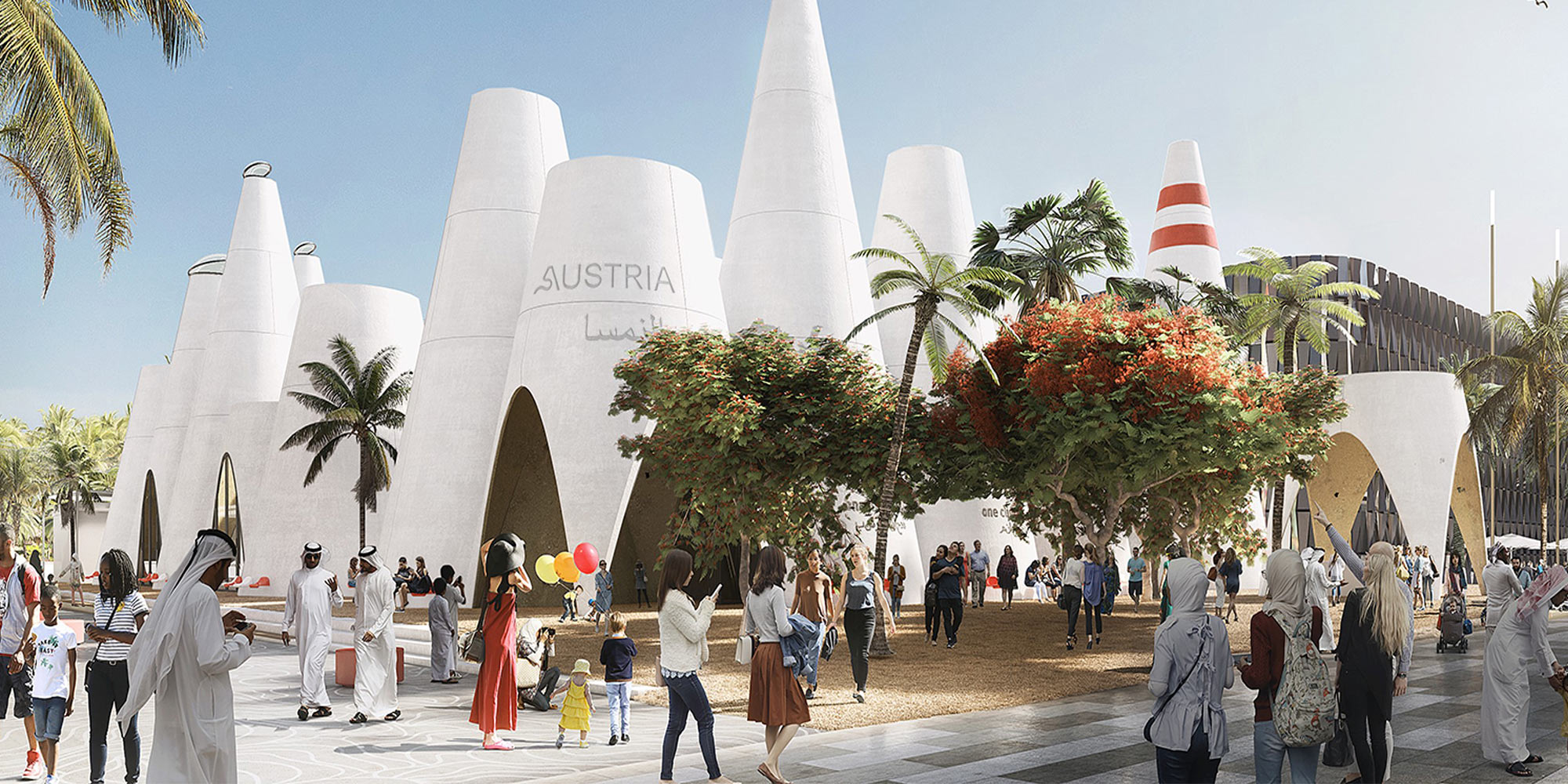
The final step is now the Sustainability Thinking Workshop of Ars Electronica Solutions and the Institute for Clean Technology (ICT) by Michael Friedmann, who formally took the lead in developing a hybrid emergency vehicle at Rosenbauer AG. It became clear to us that we had something to contribute to the “trampled to death” word sustainability. Artistic thinking can be used to break down traditional ways of thinking, provocative artistic approaches such as those we see at the festival can contribute to this. At the same time, we have a lot of experience in interaction didactics and interface conception, which eventually led to us becoming more and more specialists in communicating the topics of sustainability and climate change.
The workshop is primarily aimed at SMEs, but also larger companies and public institutions. The existing systems of thinking in the company are to be questioned, further developed and made receptive to the topics of sustainability and climate change. At the same time, you need a culture of experts here to support you on certain issues. In recent years, we have built up a large network and broad expertise in collaboration. That is our strength and we rely on it in our projects as well as in this workshop.
Finally, I would be interested to know: What do you personally understand by “sustainable” and what does it mean to you?
Chris Bruckmayr: For me, it is basically a prevention of resource waste. For me, the current economic processes are often still too wasteful of resources. Looking to the future, this means that we are now wasting the resources of the next generations. For me, that’s a mental attitude, you have to understand that first of all, understand why it doesn’t make sense to live off future resources. For me, it’s about finding a philosophical basis, without becoming biblical, to adjust and understand one’s resource consumption. In terms of the economy as a whole, the system has to face up to these challenges, start thinking about them even more intensively.
Michaela Fragner: For me, sustainability means that things are more thought through. That has to do not only with resources and the environment, but also with information transfer. That’s why the NAWAREUM is so exciting for me, because the whole project is so well planned and therefore sustainable. The goal of the two games is to transfer information in a sustainable way, which means that it is not consumed quickly, but is maintained in the long term.

Chris Bruckmayr studied communication science, politics and history at the University of Vienna. Academically certified market and opinion researcher. Since 2010 employee of Ars Electronica Linz GmbH & Co KG. 2013-2017: Business Manager and Creative Producer of Ars Electronica SPAXELS (Ars Electronica’s light drone swarm). Since 2018 Director Products at Ars Electronica Solutions. Sound and performance artist, produces electronic music under the name raum.null for the vinyl-only label Belgrade dubs / Belgrade. 2015-2018: various performances at the Ars Electronica Festival.
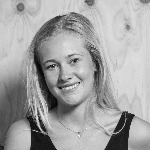
Michaela Fragner has been Project Manager at Ars Electronica Solutions since 2018. Her experience abroad has enabled her to look after many international clients/projects. Her passion for new media is particularly evident in the mediation of innovative installations in concept presentations. In her private life, she is very interested in the subject of psychology, which is why she likes to incorporate aspects of it into visions, concepts and customer consulting.
